15 Creative Language Arts Lessons Using Living Books
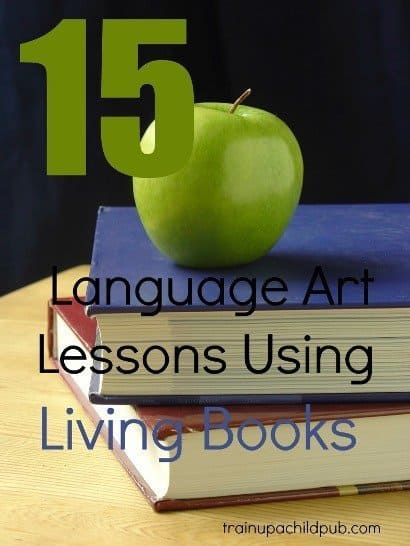
If you homeschool using Charlotte Mason methods, you’ve often heard that narration is the activity to do after reading books. Narration is excellent, but did you know that there are many other ways to make creative language arts lessons using living books? And not only Language Arts lessons but history and science lessons as well.
Editor’s Note: This post contains an affiliate link. Should you buy a book through an affiliate link, we may receive a few cents commission on your purchase at no extra cost to you. We use this for coffee. Always for coffee. Thank you!
Yes, narration is often the easiest thing for you to assign. And it’s one of the most profitable activities for many students. But in Volume 3 of the Charlotte Mason series, Charlotte offered us several other ideas for teaching language arts, history, and science using the same books you use to teach history, science, and literature.
But this [narration] is only one way to use books: others are to enumerate the statements in a given paragraph or chapter; to analyse a chapter, divide it into paragraphs under proper headings, tabulate and classify series; trace cause to consequence and consequence to cause; to discern character and perceive how character and circumstance interact; to get lessons of life and conduct, or the living knowledge which makes for science, out of books; all this is possible for school boys and girls, and until they have begun to use books for themselves in such ways, they can hardly be said to have begun their education. –Charlotte Mason, Volume 3, Chapter 16
So you have many options for creating language arts lessons and (other lessons) using real books that don’t include standard oral narration.
And if you are going to bring your children’s homeschool education to life, you need to vary their assignments instead of just relying on one method to evaluate your kids’ learning.
Don’t forget; if you are home educating using real books instead of textbooks, you already see how much more engaged your children are and how much more information they understand and retain.
How to teach 15 Non-narration language arts lessons using living books.
You might have a child with a really hard time with auditory memory. Yes, that’s a thing. One of mine was excellent at narration, and one had a more challenging time with it, especially orally. That’s one reason I used other types of learning evaluation with this student other than just oral narration.
Do you have one child who has difficulty with oral narration? Or maybe your children would enjoy more of a variety of assignments than just narration.
Here are 15 ideas to change things up a bit in either case! And even better, you can learn or review language arts concepts simultaneously. Most of these ideas are appropriate for elementary school, but a few are perfect for middle and even high school.
- Have your student take reading notes over a passage (the length of the passage is determined by your student’s age and the complication of the passage), writing down the crucial statements in the passage. (Example: each step in the lifecycle of a butterfly or frog for elementary)
- Choose a well-developed paragraph with a clear topic sentence. Type the passage in large point size, one sentence at a time with a few lines in between. Print and cut out each sentence. Mix up the order of the sentences and have your student choose the topic sentence of the paragraph and put the sentences in order. Compare your child’s version with the original and discuss it. Use the paragraph for copy work. This is good for elementary or older students struggling to write solid paragraphs.
- Find a sentence with many adjectives and prepare two versions for copy work: the first as it is in print and the second without adjectives. Ask your student to describe the differences between the two sentences. Talk about describing words or adjectives, and discuss different examples. Have your child use the sentence for copy work with the adjectives. On another day, have your student circle the adjectives in the initial sentence and then copy the sentence inserting different adjectives.
- Choose simple sentences of text and write/type each sentence on its line with spaces in between. Leave out either the subject or the predicate of several sentences. Examine the original complete sentences in print with your student, and after a short verbal lesson (an example of this kind of lesson, and a week of these lessons is here) on subjects/predicates, have your child tell which part is missing and create an appropriate subject or predicate.
- For your kindergarten or primary student: Prepare a sentence of text for copy work. Point out capitalization and end punctuation. Have your student copy the sentence. On another day, have your student create her sentence using the original sentence(s) as a guide.
More Non-narration language arts lessons using living books.
6. Choose and prepare sentence(s) from your science or history books for copywork to reinforce a history or science concept. Have your student use the sentence for copy work. Later, use the exact text for dictation. A few days after, check to see if your student remembers the concept without looking at his copy work/dictation. We have science and history memory sentences like this provided in our Daily Lesson Plans.
7. Decide on a punctuation skill that you would like to reinforce, such as commas in a series, quotation marks, apostrophe usage, past or future tense, etc. Find a short passage in one of your literature, history, or science books that exemplifies that skill. Use the passage for copy work one day and dictation later. (If you use our Unit Program Tools, you already have English Skills Checklists that you can use to work through the skills your children need to know at their age and stage.)
8. Choose a paragraph that includes a part of speech that you’re teaching, such as nouns, verbs, adjectives, adverbs, prepositions, prepositional phrases, etc. Using a colored pencil, have your child circle all the nouns, for example. For older children or review, have your student use different colors to mark different parts of speech, circle some, put a box around others, etc. Make sure to give clear instructions and have your student create a “key” at the bottom of the page. This is a fantastic review exercise for students who need to brush up on the parts of speech. (In other words, practically everyone.)
9. Use the copy work above for extra practice, but have your student use different nouns. Discuss how this changes the sentence(s). For late middle and high school students, discuss the ‘mood’ of a piece and have your student create a different mood than the original by their choice of adjectives.
10. Have your student find ten interesting adjectives in the newspaper or a magazine and cut them out. Have her write additional sentences using those adjectives. (Elementary or middle school, although I probably would have a middle schooler write them down on a running list rather than cutting them out!)
11. Type a paragraph of text, joining some of the sentences to make run-on sentences. After a short verbal lesson on run-on sentences, have your student identify them and then write correct sentences. Use the corrected piece for copy work. (Elementary or middle school, if your middle schooler has trouble with that concept.)
12. Choose a passage using a literature book with examples of several precise verbs. Use this passage for copywork. Another day, use a previously written passage your student wrote. Have him circle the verbs used and discuss ideas for improvement with more precise verbs. Have him rewrite the passage. (Fourth grade on up.)
13. Using a well-written book, have your middle or high-school-level student take a chapter or more and create an outline. This is especially helpful for helping your older student learn how to organize his writing.
14. Copy a paragraph/passage of text. Change it: misspell words, make the punctuation incorrect or leave it out, make capitalization errors, etc. Have your student correct it. Then have your student do the same thing above for you to correct. (Sometimes correcting someone else’s “work” is much more interesting than creating one’s own.)
15. Copy or create a passage of text with “tired” words such as good, nice, bad, really, said, big, small. Have your student rewrite the passage using “wow” words. (Example: tiny vs. small) Use a thesaurus to find more words as necessary. (If you’re using our Unit Program Tools, you’re used to keeping a list of “Tired Words” with their “Wow Words” substitutes!)
These creative methods are powerful and productive ways to teach language arts using living books.
Especially if your kids are used to worksheets, you will be amazed at how well language arts lessons work using real books. It seemed that my kids could figure out how to do worksheets in a snap without really learning anything! In fact, in my experience teaching writing and homeschooling, worksheets do not improve students’ writing.
On the other hand, language arts lessons such as the examples above are potent and effective methods for teaching writing and grammar. And that’s why we use them in our curriculum.
Do you see how using one or more of these ideas would give your language arts lessons more variety and/or more depth?
Narration is excellent, but if you’d like to vary your lesson plans a bit, try using one or more of these Creative Language Art Lessons using the books your children are reading for history, science, and literature.
So change it up if you only do oral narration with your children now. You’ll be glad you did!
![]()
P.S. Would you like more activities like this to help you teach with real books? Download my 60 Creative Assignments Using Real Books ebook — my gift to you! Click on the graphic below.
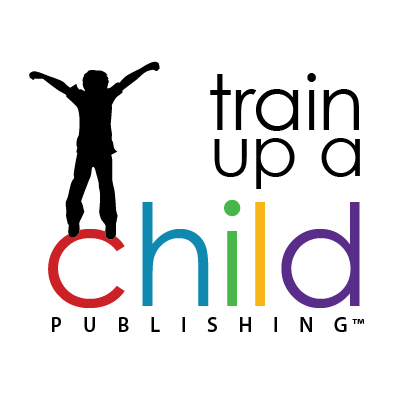
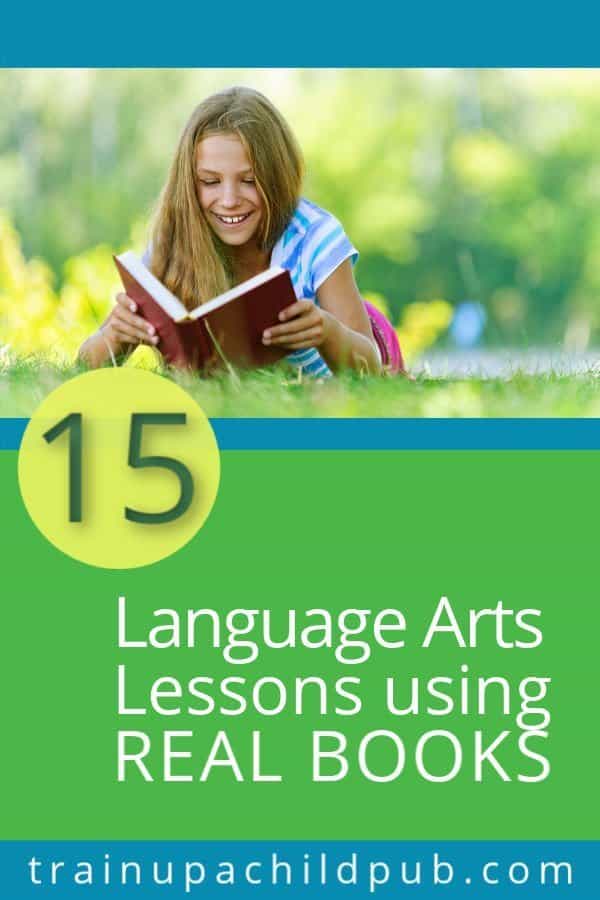
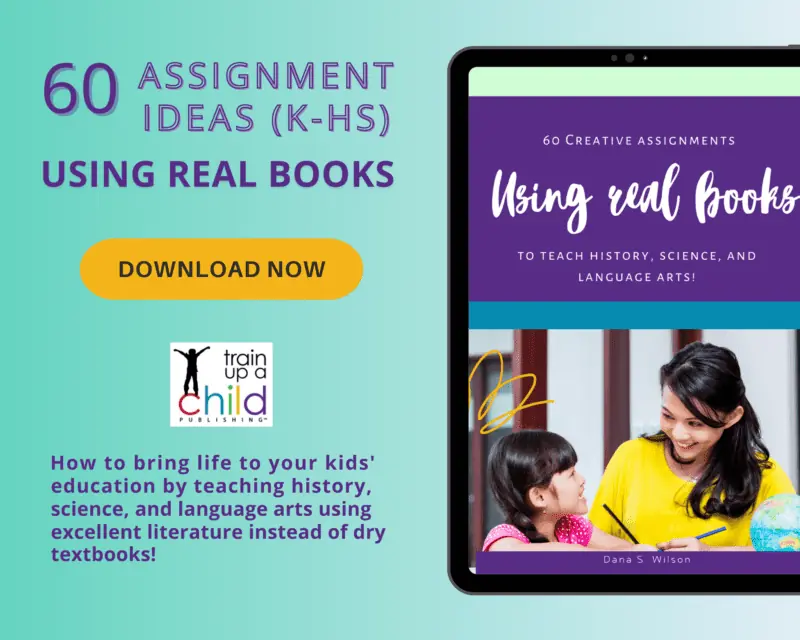
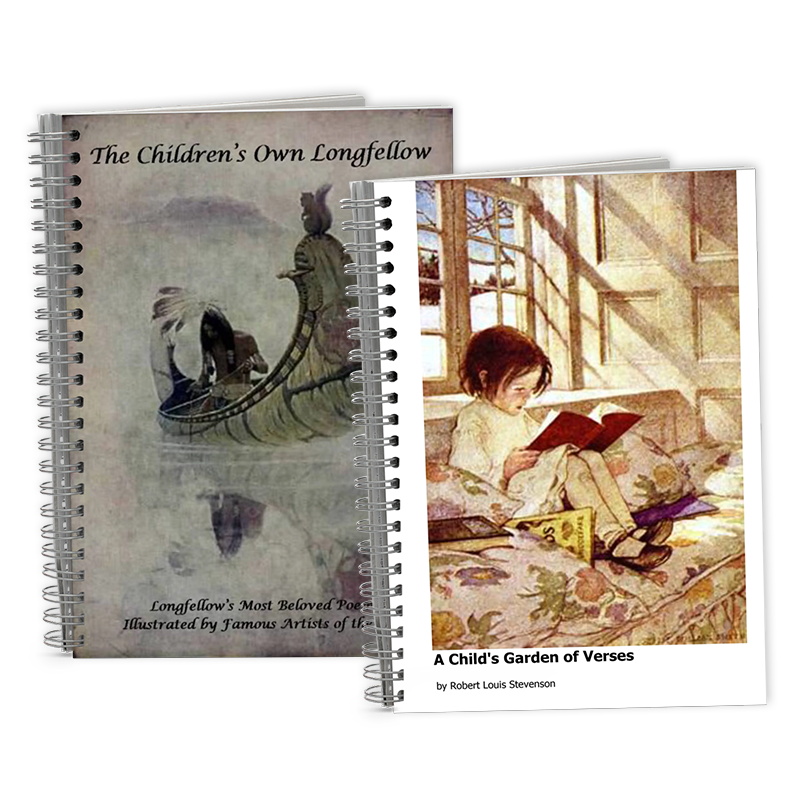
I love these alternative ideas! My son had a horrible time with narration and these would have been wonderful! I am starting narration with my girls this year and am going to keep this for reference.
Thank you, Heidi! Not everyone narrates easily. I was so surprised when I reread CM’s passages about narration and found she had listed so many alternatives. I’m so glad my post was helpful to you.
These are great ideas! I had never thought of any of them. I just always did copy work and hoped my boys made the connection. I did not know how to join Language Arts, history, and science together with copy work. Thank you for this blog post. Melinda
Hi Melinda,
You’re welcome! Glad to have added some spice to your copywork lessons. 🙂 It’s amazing how much more effective it is to integrate subjects when you teach. Thanks for sharing, Melinda.